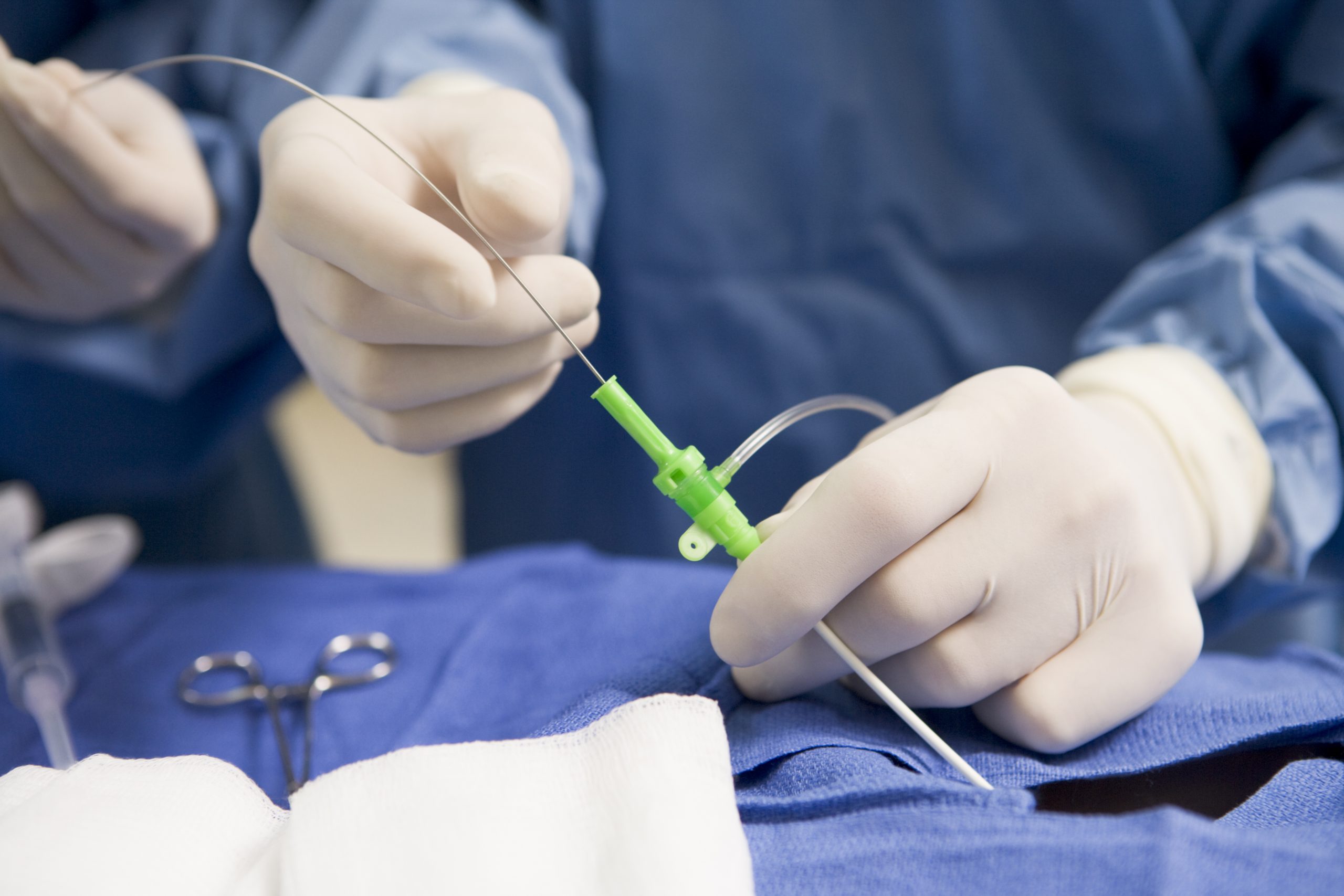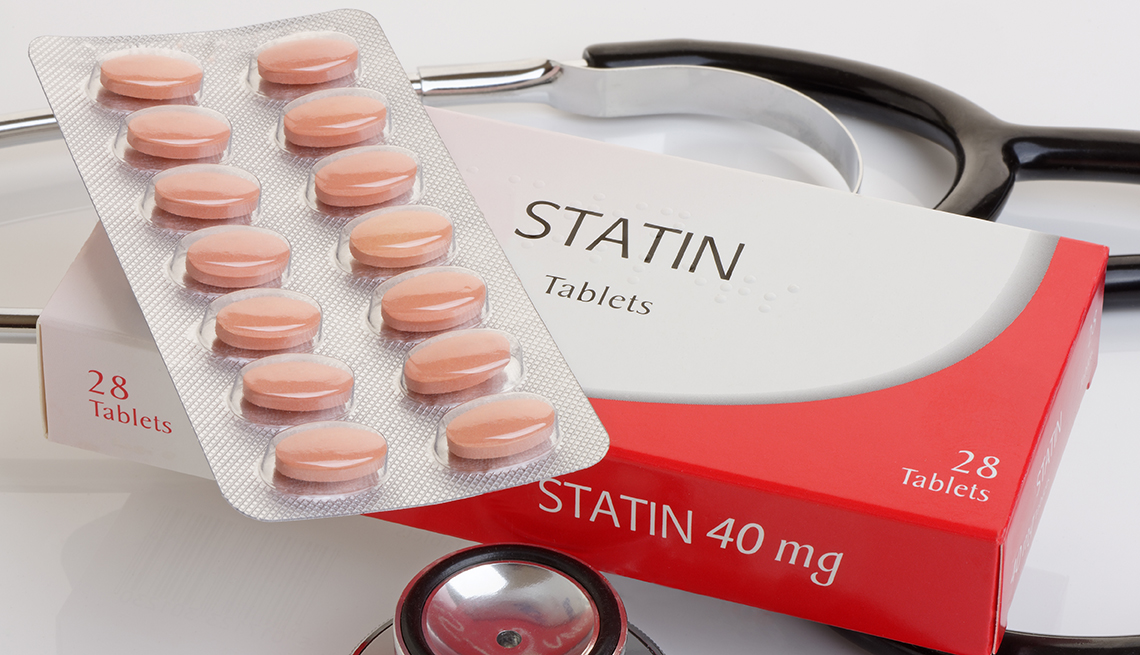Key Points:
Myocardial fibrosis has previously been associated with death and repeat hospitalization in patients with heart failure with preserved ejection fraction.
In a phase II clinical trial, Pirfenidone, an oral antifibrotic agent used in the treatment of idiopathic pulmonary fibrosis, was found to significantly decrease myocardial fibrosis when compared to placebo. Dr. Christopher Miller of the University of Manchester presented the results of the PIROUETTE trial (NCT02932566) at a Late Breaking Clinical Trial session at the 2021 American College of Cardiology Scientific Sessions meeting. Given its effect in reducing pulmonary fibrosis, investigators hypothesized that the TGF-B1 antagonist would work similarly in the myocardium and hoped for a clinical benefit in volume status and quality of life as well.
The study was sponsored by the Manchester University NHS Foundation Trust. In the randomized, double blinded, placebo-controlled phase 2 trial, participants with HFpEF and NT-proBNP levels ≥ 300 pg/mL underwent cardiac MRI assessment of myocardial fibrosis. Those with an extracellular volume of ≥ 27% were then randomized to receive either the study drug or placebo for 12 months, at which time a follow-up cardiac MRI was performed to assess the change in myocardial fibrosis.
The pre-specified primary outcome of the trial was myocardial extracellular volume, representing fibrosis. Secondary outcomes were exploratory, and included NT-proBNP, ventricular and atrial structure and function, 6-minute walk distance, and Kansas City Cardiomyopathy Questionnaire scores.
94 participants were randomized in the study. This was an older population, with a mean age of 78 in the pirfenidone group and 81 in the placebo group. Women made up almost half of the participants. Baseline E/A ratios and markers of diastolic dysfunction were consistent between the groups.
At 12 weeks, Pirfenidone was associated with a statistically significant decrease in myocardial ECV (fibrosis), with a change from baseline of -0.7% compared to 0.5% in the placebo group for a between group difference of -1.21% (95% CI -2.12 to -0.31, p =0.009). Results of the secondary analyses found pirfenidone therapy to be associated with a decrease in NT-proBNP, as well. Even more promising was a nonsignificant improvement in the 6-minute walk distance and KCCQ scores in the pirfenidone ar. There was no difference in cardiac adverse events between the two groups.
After the presentation, Dr. Miller stated that the change in NT-proBNP levels seen in the study drug group was a surprising and exciting finding, hypothesizing that less fibrosis translated into a decrease in myocardial stiffness. “We did not expect to see any clinical benefit from pirfenidone at this early stage,” he confessed, “but these results are certainly encouraging, especially as we move forward into Phase 3 testing.”
While the study is limited by its phase 2 design, it is a refreshing re-examination of the pathophysiologic pathways the lead to heart failure with preserved ejection fraction, and our ability to target those pathways.





